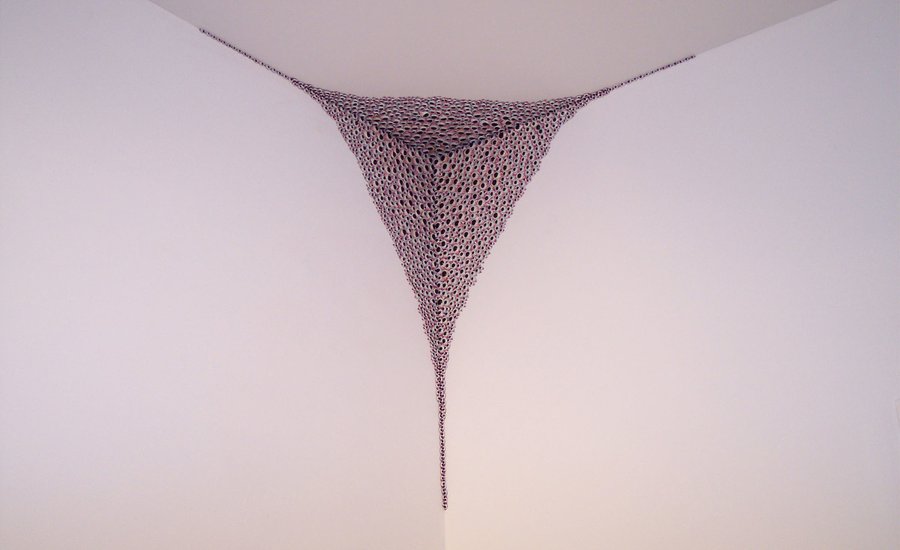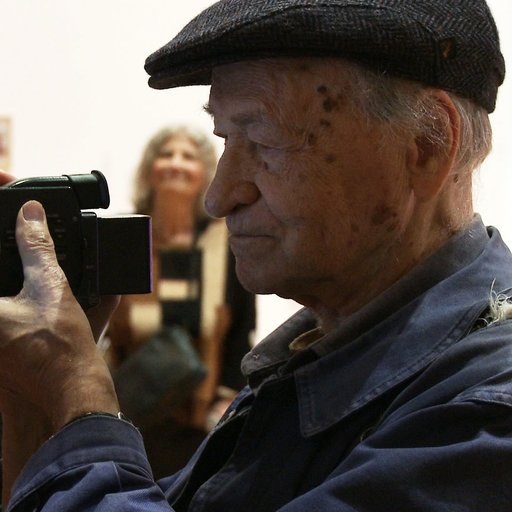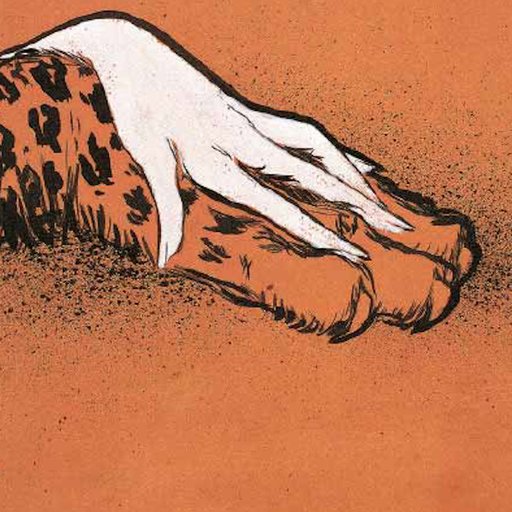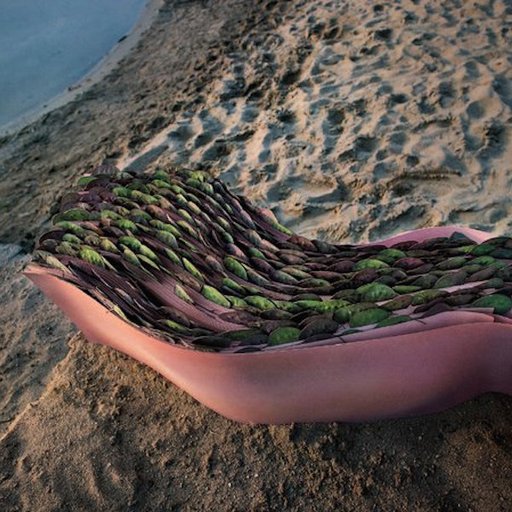In this excerpt from Phaidon'sArt Cities of the Future: 21st Century Avant-Gardes, the internationally reknowned curator Geeta Kapur introduces the following Delhi-based artists who are bringing their city's artistic production into the future.
Far from being a consensual, conservative city of a nationally constituted middle class, Delhi is a fraught place. While accommodating provincial parliamentarians, diplomats, middle-class bureaucrats, and many millions of others seeking a future, the capital has remained a migrant’s city where a majority of the poor live in unauthorized settlements, and there are a hundred thousand homeless. The poor population is permanently under threat of eviction due to the elite’s paranoia of crime and pollution issuing from the slums.
In Delhi, citizens in close proximity to the government (thus highly conscious of the terms of governance) actually live in extemporized conditions. Artists in Delhi, too, have migrated from all parts of the country and are beginning to recognize the means and relations of art production, and to engage in a discourse on ecology and ideology in relation to culture. A growing number explore the underbelly of this new New Delhi in order to comprehend the conjunctural nature of the contemporary and make radical use of the platforms and organizations described above. A Delhi avant-garde may see itself developing art practice across sites of informal labor and sites of statist anxiety—and perhaps subverting the high protocol of India’s capital city.
RAQS MEDIA COLLECTIVE
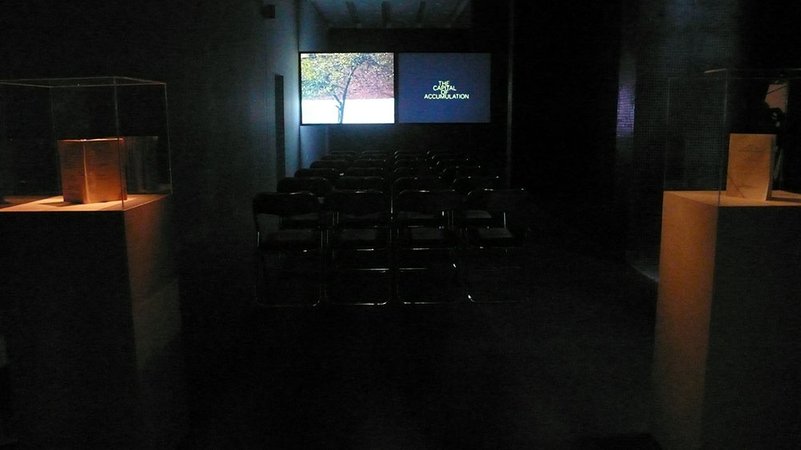 The Capital of Accumulation, 2010
The Capital of Accumulation, 2010
Trained as documentary filmmakers in Delhi, Jeebesh Bagchi, Shuddhabrata Sengupta, and Monica Narula of Raqs Media Collective devise forms of enunciation in contrapuntal rhythms that confirm their collectivity, navigate today’s radically democratized commons, and enter multitudinous imaginaries. Their work consists of visual arts practice, theoretical renderings, speech performances, pedagogy, and innovative curating. This productivity (labor and play) is to be shared; and if excess is a type of hubris, Raqs flaunt it with the understanding that gifts must survive coercions of capital.
The two-channel video Capital of Accumulation (2010), set in Warsaw, Berlin, and Mumbai, is a spectral rendezvous with a singular figure who lived and died ahead of her time. The enigma of Rosa Luxemburg—her dark death and the mystery surrounding the remains of her body; her material and metaphoric invocation of organic life to illuminate the paradoxical allegories of accumulation in the age of capital; her refusal of historical determinism (and the disciplinarian aspect of vanguard politics)—lures Raqs into matching utopic immanence with the catastrophic contingency of history. Like many of their works, Capital of Accumulation has a forensic drive; the artists enter the unconscious of twentieth-century revolutionary thought to invert and rework it (as in the work’s title) into a conceptually pitched anti-narrative.
The Knots that Bind are the Knots that Fray (2010) uses seven small screens to present found footage of a Liverpool ship’s journey to the Indian west coast with a cargo of cranes no longer in use in post-industrial Britain. Raqs plot the navigational manoeuvre of the illuminated ship; subliminal imagery offers a poetics of the nautical. The work recuperates the history of trade routes during colonial time and the accompanying text elaborates what binds and frays the fabric of nations within the regimes of early and late capitalism. Their two-channel video Strikes at Time (2011) annotates Rancière’s The Nights of Labour. From a modest core—the diary excerpts of an Indian laborer—the work ambitiously examines the here and now of industry: the deserts of capital and the globalizing economies of the “third world”. A remote view shows a phantom vehicle ferrying raw material and goods, host to the figure of labor—sentient through the long night.
Dealing with time rather than history (too well hierarchized in their view as concept, prognosis, praxis), one of Raqs’s metaphors is the twenty-four-hour revolution of the earth that brings up night—their principle motif and mise-en-scène—and a distantly perceived, barely comprehended day. In their rendering of new and old media, Raqs allow real time, slowed time, tangled, and lapsed time to overlap; where subject and history intersect, time itself is seen to be out of joint. And if time’s apotheosis brought forth the heartbreaking grandeur of modernity, it now lies prone among other disqualified tropes of history, such as the “new”—once thought to define the contemporary.
While Raqs’s persistent textuality, described by the hermeneutic loop, favors semantic subterfuge, anamorphic images, and gratuitous puzzles, theirs is a dialogue with/in history; it engages living politics in the public domain. As co-founders of Sarai, Raqs investigate the city of Delhi and the territorial ambitions of the nation-space in activist and contestatory terms; thus, also, constitutional democracy, modernity, and the state’s pact with global capital. Working in an agonistic style, they ask: What might, after all, be avant-garde for the twenty-first century?
 Dear Mr Walter - Mona and Myself, 2014
Dear Mr Walter - Mona and Myself, 2014
Dayanita Singh cannily converts her privileged upbringing among Delhi’s elite into the hubris needed to contest the leading male photographers of India and the world. She has determined her genre, perfected her composition and recorded a fully signified space for the human subject that includes the homeless, the vagrant, and the migrant at the fringes of institutionalized local-global contexts. Her work is about a denial of the decisive moment, and about disavowing meaning attributable to the world-as-image. With an editing sensibility that defies representational and narrative pressure, she continues to shoot on film and make prints from thousands of contact sheets.
In her recent work, the social field has been pared down. File Room/File Museum (2011/2012) is a series of evidentiary photos where a bleak labyrinth of rooms—office, library, archive—spell obsolescence: buried histories, laid-off clerks, a redundancy of data, and civic loss. These black-and-white photographs complement her long-explored project on empty spaces, where she affirms formalist repetition and, at the same time, photography’s (now discounted) principle of indexicality. For another recent exhibition and book, House of Love (2011), she creates city-nocturnes in fluorescent colors and, therein, image chapters without a story. Because love so persistently eludes, she “figures” it here liminally, with a sense of dread bordering on the sublime. Any single photograph serves as a lurid sign, stumbled upon in a remote image-space; the house of love is a work of fiction. In this disparate selection, Singh frequently includes images of the Taj Mahal as kitsch, allegorizing love’s mausoleum with an irony that resonates with the thematic of image as absence and death.
Persisting with her contrarian position, Singh makes photo books because the book defuses the aura of the image, yet turns it into a handy, graspable object. Besides a recent retrospective volume and other conventional books, she has produced a mock biography (Myself, Mona Ahmad, 2001); a modest booklet without text or titles (Go Away Closer, 2007); a book of postcards that perversely minimize modernity’s great industrial complexes as twilight ruins (Blue Book, 2009); and a slim book of glossy images she also shows as wallpaper (Dream Villa, 2010).
The series of images in her set of accordion books, Sent a Letter (2007), were drawn from serendipitous photo shoots in proximate and distant worlds. Indifferent to place names, maps, and geography, Singh was oddly personal with the dispatch—as if it had to be her hand to paste the pictures, pack the box and send the letter beckoning a singular addressee. In addition to her accordion books and boxes, she extends her iconoclastic impulse by presenting clues within the image-field, in the unframed image or the framing device itself. She now invests conceptual energy in fabricating supports that rescue her works from being mere wall displays.
Consider Singh’s edge-to-edge layouts, the structural interface between images; contrast this with their (dis) orienting spatiality and their hints of image liaisons; return to her acts of scaling and de-scaling, reformatting, and reframing: would Derrida’s concept of the “parergon” be useful here? (As something that stands out both from the “ergon,” the work, and from the milieu; something that is against, beside and in addition to the work: figure on ground, an aesthetic surround, a sort of architecture.) The parergon is neither simply outside nor simply inside, and might indeed be a suitable trope for Singh’s ambiguous projects. It loops around her denials of conventional representation, spurns the tedious quest for a worthy signified and the lure of the punctum. Instead, it endorses semiotic slippage, whereby the inside-outside conundrum of her work radically reorients the viewer’s subject position.
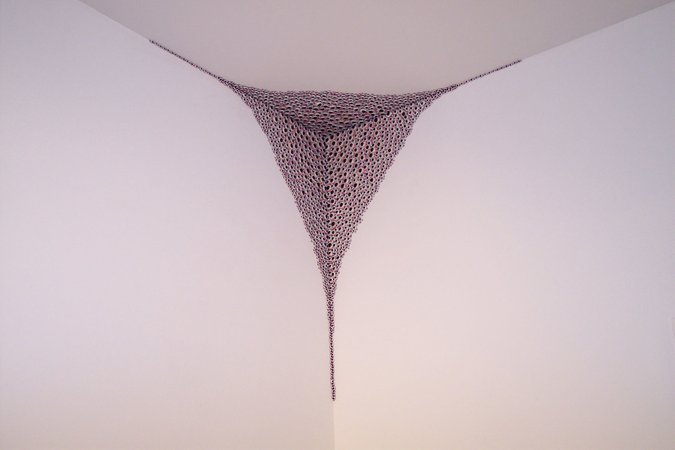 Intimations of Mortality, 2004
Intimations of Mortality, 2004
Anita Dube adheres to a radical position within a particular twentieth-century legacy derived from Andre Breton and Georges Bataille: the artist must “work” the unconscious to destabilize reason. She sees the coupling of the erotic with the death instinct as foundational to aesthetics, and an awakening of these drives as the necessary condition for a practice that is based on a frisson between word and image.
In 1997, Dube crafted a trousseau of macabre beauty to mark the closure of a trauma following the suicide of her revolutionary friend. A surgeon’s daughter, she collected human bones, then cleaned and covered them with red velvet trimmed with beads and lace to create a suite of “counter-fetishes” titled Silence (Blood Wedding) (1997) after Federico Garciá Lorca’s drama of love and fraternal violence. As a discursive bookend to that early display of vulnerability, she presented a performance in 2005, Keywords (Meat), for which she carved words from slabs of raw meat over several hours. Her lexicon of radical thought—“ethics,” “avant-garde,” “sexual love,” “permanent revolution”—references Raymond Williams’s Marxist “textbook” (Keywords: A Vocabulary of Culture and Society, 1985) while evoking a visceral sublime in flesh and blood. The staging of a didactic event in laboratory-like conditions circumvented the sacrificial aspect of the ritual, yet messed with abject matter according to the principles of informe in keeping with a surrealist legacy of restorative gestures.
Much of Dube’s work involves textual inscriptions into a symbolic realm, where actual writing (as opposed to speech) becomes a form of écriture in which an interjected word disrupts the circulation of simulacra. For example, Dube traces on the wall the words of Goya’s title, The Sleep of Reason Produces Monsters, by encrusting the forms of the letters with miniature metal and enamel eyes—“prostheses” crafted in India for idols who supposedly require this gift (chaksudaan) from humans to gain divine consciousness! For Intimations of Mortality (1997), she clustered the eyes into the corner of a room to create a beehive-like vaginal form alluding to the erotics of sight. This play on eyes recurred recently in her performance A Touch of Moon (2012), where, fitted with a pair of silver eyes (glinting contact lenses), she walked the streets as a hermaphroditic dandy, her silver begging bowl refracting invisible moonbeams in an act (and an offer) of shared madness.
Dube began her career as a critic-comrade and returned to the scene as a self-taught artist. She understands the risks of demagogy and coercion in radical collectives and has become, instead, a mentor for experimental initiatives within free-form institutions like Khoj. Even as it is now difficult to demonstrate a politics of praxis through the work of art, Dube, an artist and writer favoring dual gender, offers her loyalty to radical causes and envisions subjective and social renewal via the ever-enticing sign of liberation.











